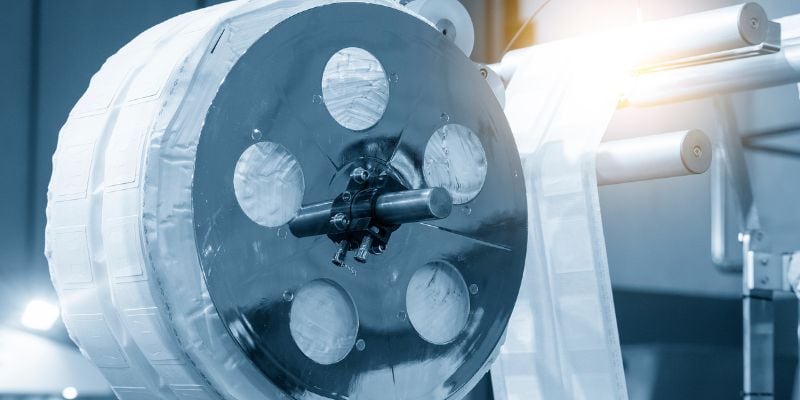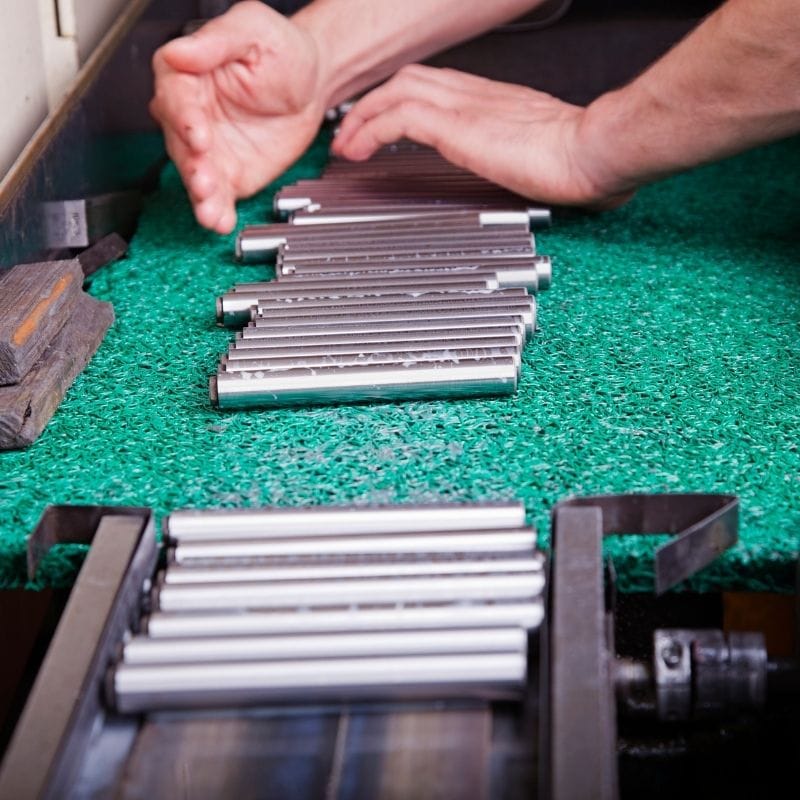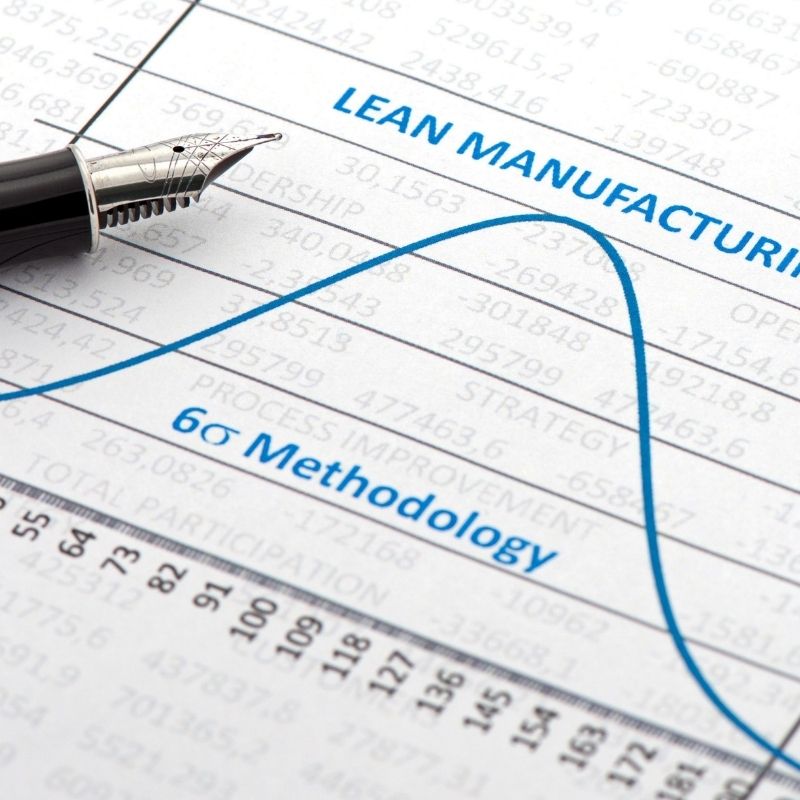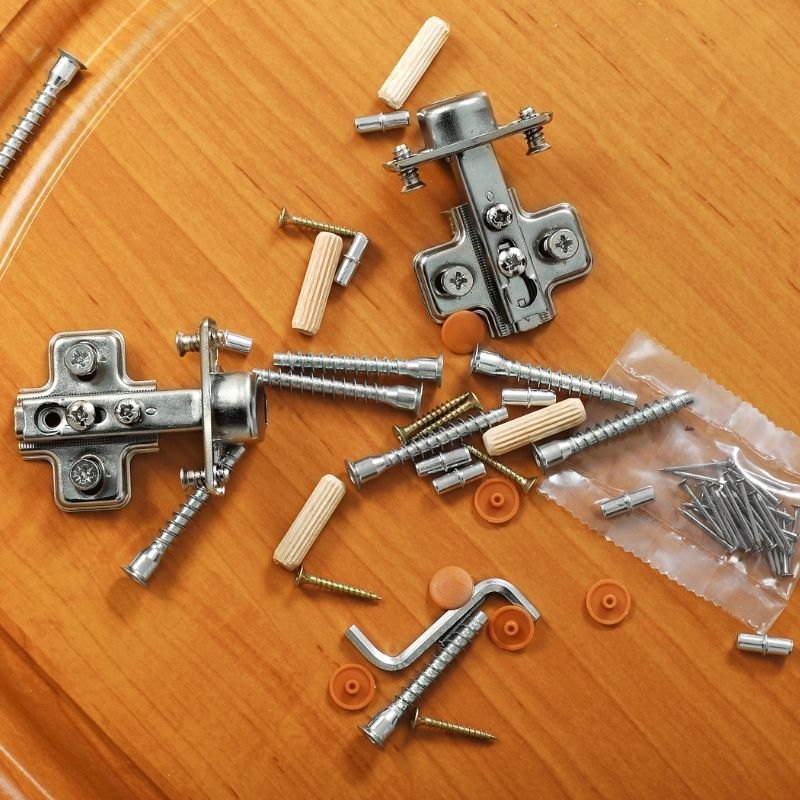Which Packaging Materials Can Be Heat Sealed?
Heat sealing poly bags is a cost-effective packaging method many types of products while providing high quality with airtight and water-tight seals. Heat sealing does not require additional material to open or close a bag;… Which Packaging Materials Can Be Heat Sealed?





